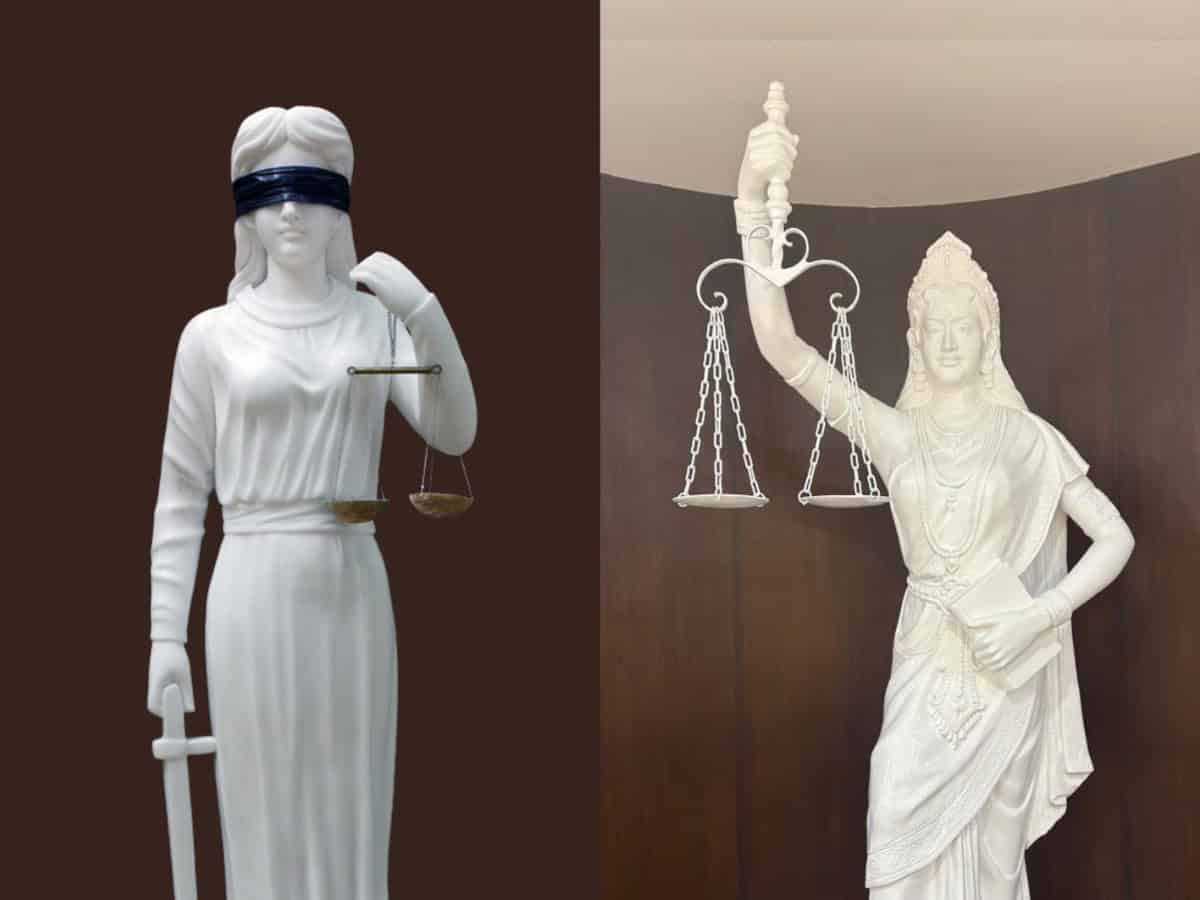
The Supreme Court (SC) of India has unveiled a new look for the ‘Lady Justice’ statue, marking a departure from colonial symbolism and reflecting a modern interpretation of justice. One notable change is the removal of the statue’s blindfold, sending a message that the law is not blind in this country, nor does it symbolise punishment.
This change, spearheaded by Chief Justice of India DY Chandrachud, features the new Lady Justice with open eyes, holding the Constitution in her left hand, replacing the traditional blindfold and sword.
According to the Chief Justice, India should move forward from its British legacy, emphasising that the law is never blind; it sees everyone equally.
Key Changes
Open Eyes: The open eyes signify that justice is not blind to societal realities and does not overlook the details of a case. Chief Justice Chandrachud emphasised that “the law is not blind; it sees everyone equally,” indicating that legal proceedings will be clear and unbiased.
Constitution Instead of Sword: The sword, which traditionally represented punishment, has been replaced with the Constitution. Chief Justice Chandrachud stated that this change will underscore a focus on justice grounded in constitutional values rather than mere punitive measures.
Scales of Justice: In her right hand, Lady Justice holds the scales, which symbolise fairness in judicial proceedings. This representation is crucial, as it aims to balance the facts and arguments presented by both sides before making a decision.
Cultural Representation: The statue is now dressed in a saree, moving away from Western concepts of rule-of-law symbolism and returning to Indian roots.
This redesign aligns with ongoing campaigns to update the legal system in India, including the replacement of colonial-era laws such as the Indian Penal Code (IPC) with contemporary legal frameworks like the Bharatiya Nyaya Sanhita. The new statue corresponds to a new India that is willing to defend the Constitution and distance itself from its colonial past.



